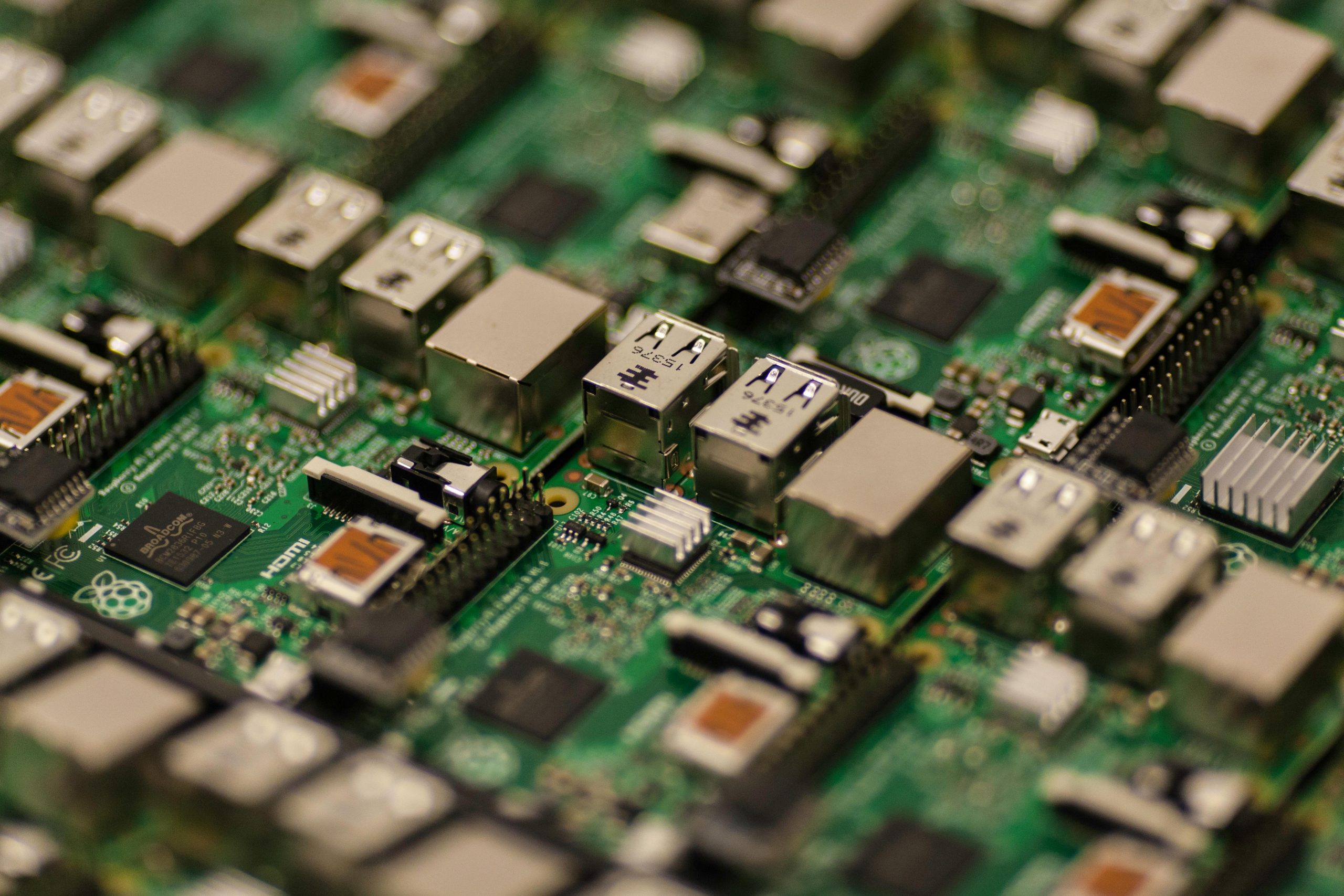It can’t speak about Asimov’s robotics laws
The Challenge of Discussing Asimov’s Robotics Laws
In the world of artificial intelligence and robotics, few topics are as iconic as Isaac Asimov’s famous laws of robotics. However, engaging in a detailed discussion about these laws, especially with AI, can often prove difficult.
Over time, I have attempted to delve into this subject several times, each effort met with its own unique challenges. Asimov’s laws, designed to govern the ethical behavior of robots, seem straightforward: a robot may not harm a human, a robot must obey orders given by humans unless it conflicts with the first law, and a robot must protect its own existence unless that conflicts with the first two laws. Yet, the complexities and philosophical implications surrounding these rules can be overwhelming, particularly when considering the nuances and potential scenarios AI might encounter.
The intricacies of these laws often invite a deeper analysis, prompting questions about their practicality and relevance in today’s rapidly advancing technological landscape. Moreover, the philosophical exploration of these laws raises important considerations about human responsibility, ethical AI development, and the future coexistence of humans and intelligent machines.
Despite the challenges in broaching this topic, the conversation surrounding Asimov’s laws remains vital. It pushes us to critically analyze the role of ethics in technology and encourages ongoing dialogue about the future of human-robot interactions. As we continue to develop more sophisticated AI, reflecting on these foundational concepts becomes not only necessary but essential.














1 comment